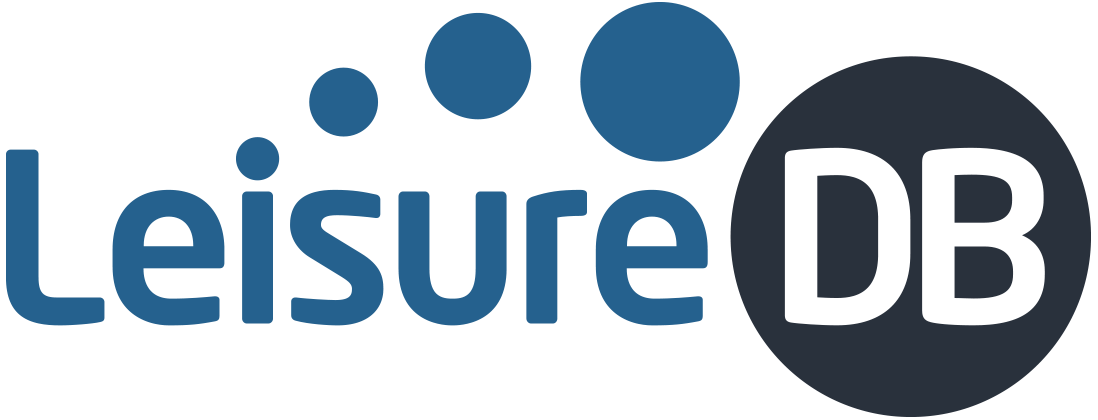The State of the UK Swimming Industry Report 2023 isn’t just about data, says Leisure DB founder David Minton. It’s rich with interviews and insight.
Most people will be well aware of the perilous state of the UK’s swimming pool stock. If not, Google ‘swimming pool closures UK’ and you’ll be brought up to date with a rather depressing bang. But is it all bad news, or are there glimmers of hope and best practice from which we can all learn?
As is the case every year, the State of the UK Swimming Industry Report 2023 puts hard numbers behind the headlines: openings and closures, pool counts and locations, top operators, pricing changes.
Key findings this year include a continued decline in pool stock: overall pool count is down -0.8% and the number of sites with pools down -1.8%, with the decrease more notable in the private than the public sector. Not significant numbers, you might say, but as the continuation of an ongoing decline, I would sadly beg to differ. By number of sites with a pool, GLL is the UK’s #1 public sector pool operator, Nuffield Health #1 in the private sector.
Other findings include trust dominance – 51% of all public sector pools are managed by a trust – and an average public sector pay-per-swim fee that’s topped £5 for the first time. All of this, of course, is the sort of robust data you’d expect from Leisure DB’s reports, which for many years have provided accurate, granular views of the supply-side to the industry.
A rich narrative
What you might not expect – and new to this year’s report – is a fascinating deep dive into the stories behind the statistics, with an incredible line-up of operators, suppliers and sector experts offering a rich and insightful narrative.
I’d like to take this opportunity to hand the mic to a small selection of the operators we spoke to, because it’s here that the good news and replicable best practice lies. What follows are excerpts from their interviews with us.
Total Fitness
“Swimming pools can be a sensitive topic in the private sector,” says Sophie Lawler, CEO at Total Fitness. “As a full-service operator, it’s hard to get granular usage data and cost to serve stats for pool-side and dry-side products and customers, so there’s always a sense that private sector pools may be running at a loss.
“My response to that is firm and based on a strong body of our own research. Our membership base is growing dramatically, and what’s clear is we wouldn’t acquire as many members if we didn’t have pools: around 80% of new joiners cite the pool-side areas as a key influencing factor in their decision. Neither would we retain customers as long.”
However, she says, across the sector “the pool-side experience can be an afterthought – the customer is being let down”.
Starting with its own learn-to-swim product, Total Fitness has therefore been asking new questions in recognition that the customer isn’t only the child – it’s also the parent. Find out what topics the operator has been probing in our State of the UK Swimming Industry Report 2023; details of how to secure your copy can be found at the end of this feature.
Around 80% of new joiners cite the pool-side areas as a key influencing factor in their decisions
Sophie Lawler, Total Fitness.
Everyone Active
“Swim lessons have gone through the roof post-pandemic, with 180,000 students now coming through our centres each week,” says Jacqui Tillman, director of Aquatics & Wellbeing at Everyone Active.
“Casual swimming is also up with 1.1 million swims a month, compared to 850,000 pre-pandemic. All casual swim customers now
book via an app, which means we know who they are and which sessions are popular. This information allows us to identify user needs as well as pinch-points and helps us shape pool timetables and memberships. Everyone Active has always been focused on data, but this is something we’ve never been able to do before.”
In the full State of the UK Swimming Industry Report you can also find out how Everyone Active creates “sharp, efficient pool timetables to ensure casual swim isn’t side-lined for lessons”
Swim lessons have gone through the roof post-pandemic
Jacqui Tillman, Everyone Active
GLL
Meanwhile, GLL has reinvented its swimming lesson product, with the traditional learn-to-swim stages 1–10 restructured into just three classes – Foundation, Development and Academy – each run by teams of teachers. Within each class, different swimming cap colours denote students’ level and they’re grouped accordingly.
This solves multiple issues, says Head of Sport & Aquatics Andrew Clark. First, if more capacity is needed, another teacher is simply added to cover the additional children. Second, kids don’t have to switch between classes – or time slots/days – every time they pass a level. In turn, a real sense of community develops, which GLL now plans to develop further.
The Academy also helps GLL to incorporate lifeguarding and water safety, nurturing potential future employees.
The Academy has allowed GLL to incorporate lifeguarding and water safety
Andrew Clark, GLL
How to get the full report
Our thanks go to everyone for their time and willingness to share their experiences, and to our partners – Airius, Alliance Leisure, Blu Leisure, Fitronics, Green Wing Energy Solutions, Hydrohex, Paragon Structures, Prospec, RLSS UK, Space&Place, Sprung Structures, STA and Swimming Nature – for their support in producing this must-read report.
You can purchase your copy of the State of the UK Swimming Industry Report 2023 at leisuredb.com/publications – promo code SWIM15 unlocks a 15% discount until 30 September 2023.





